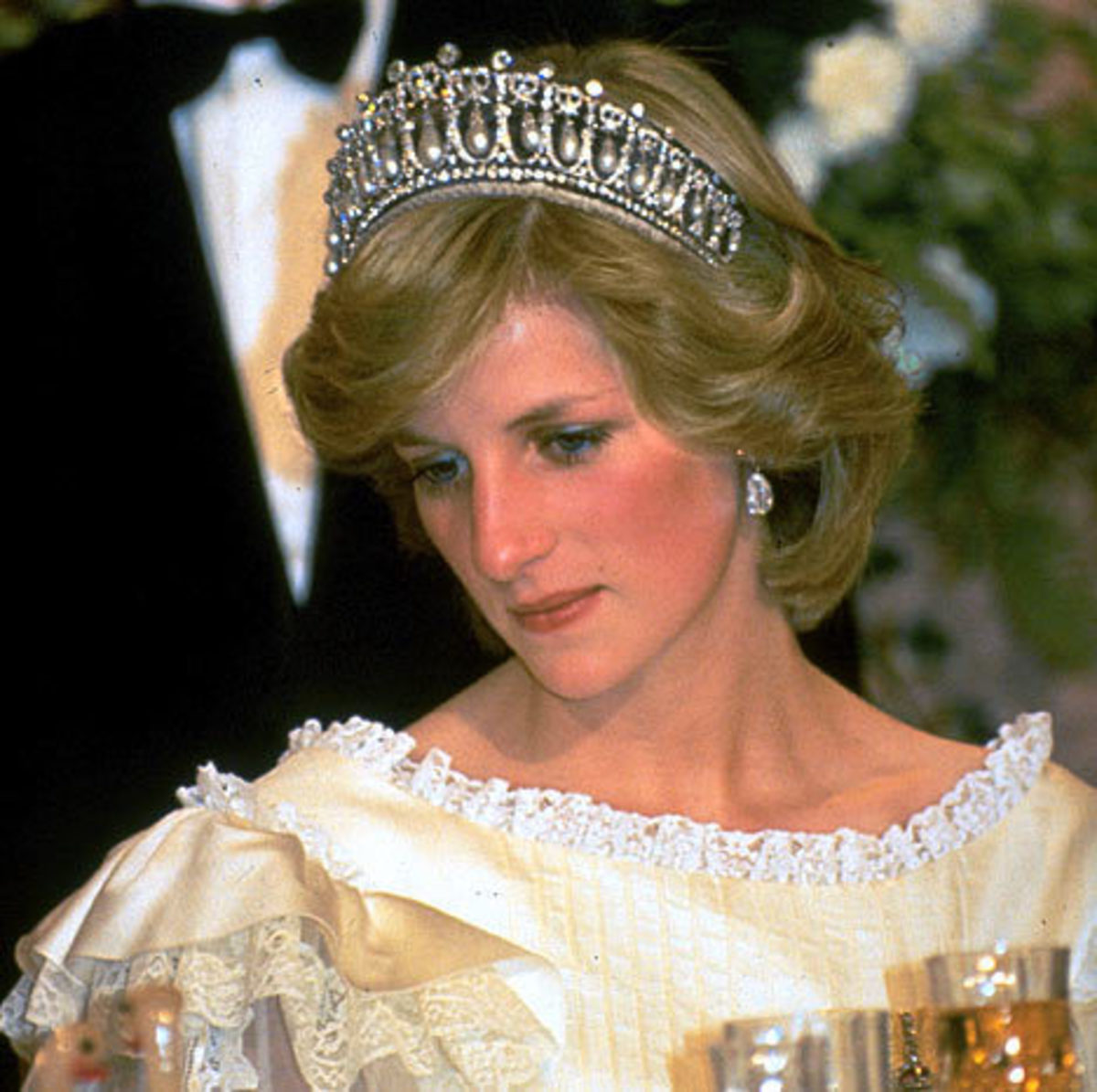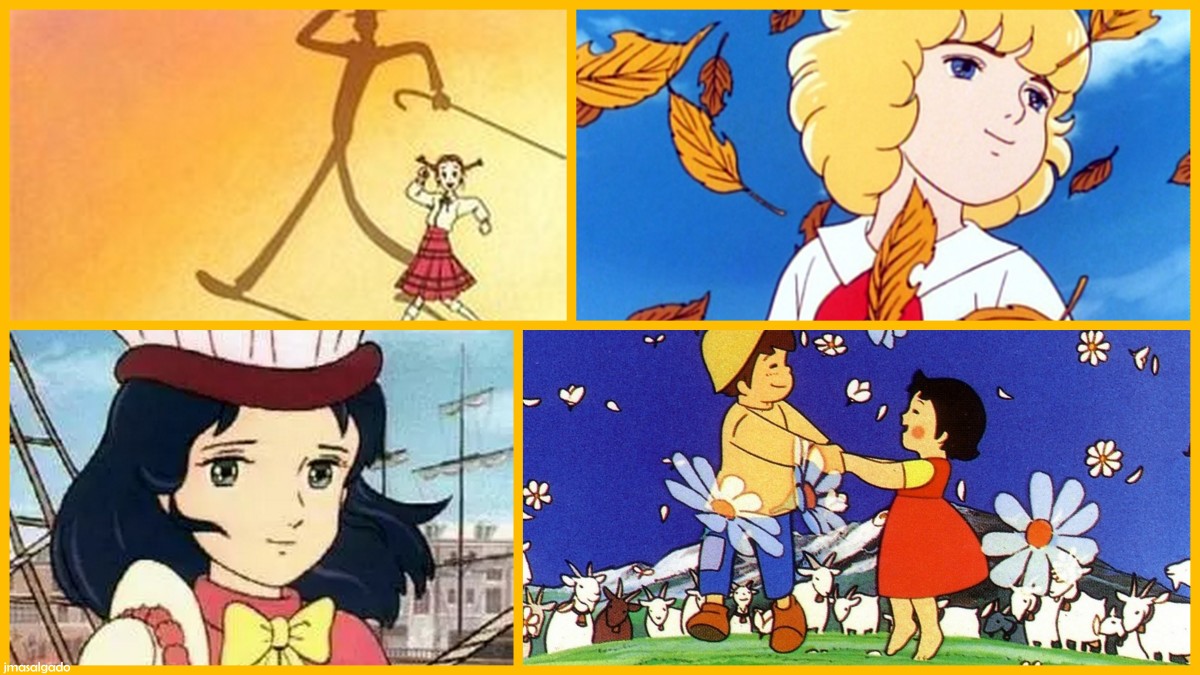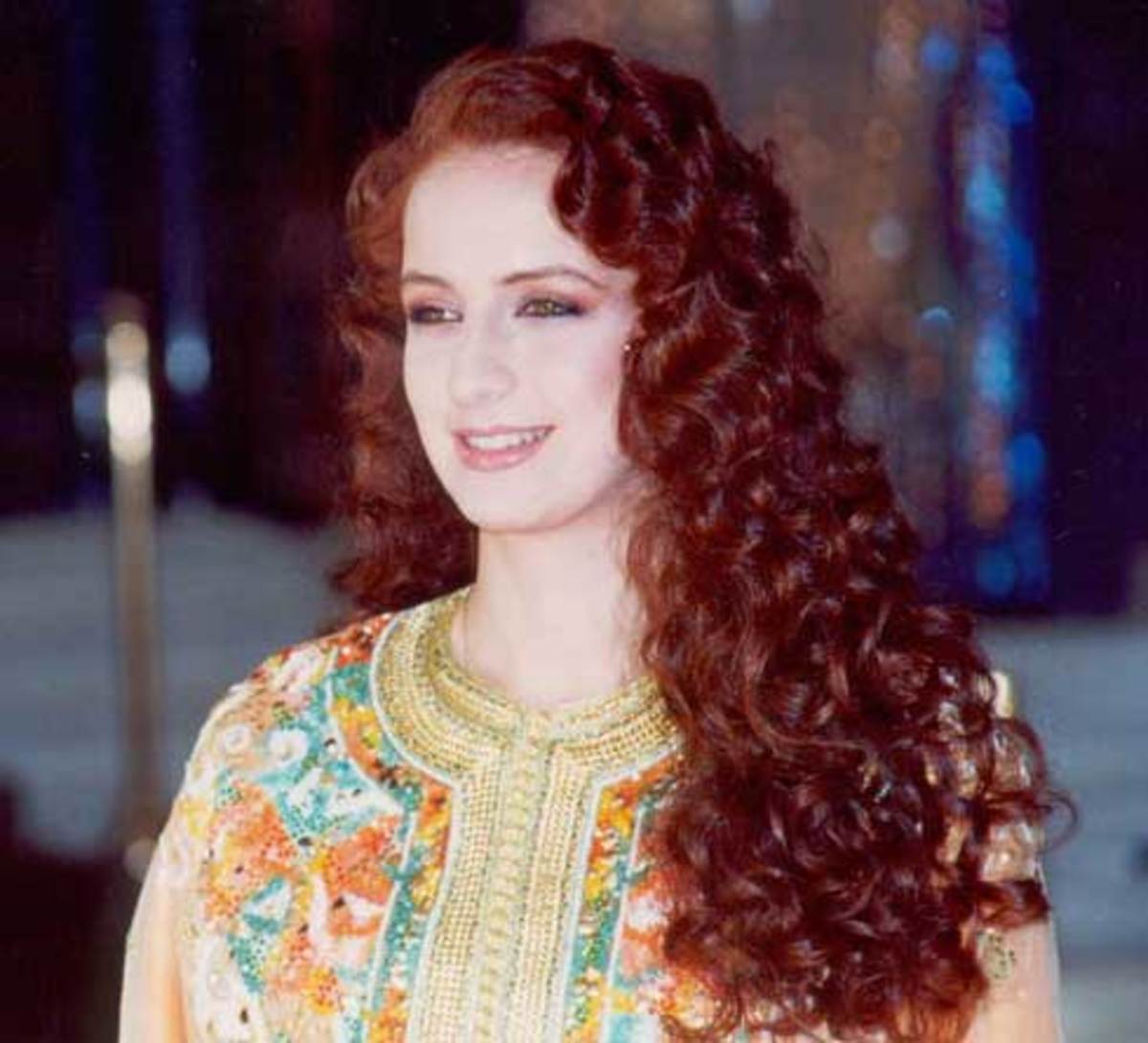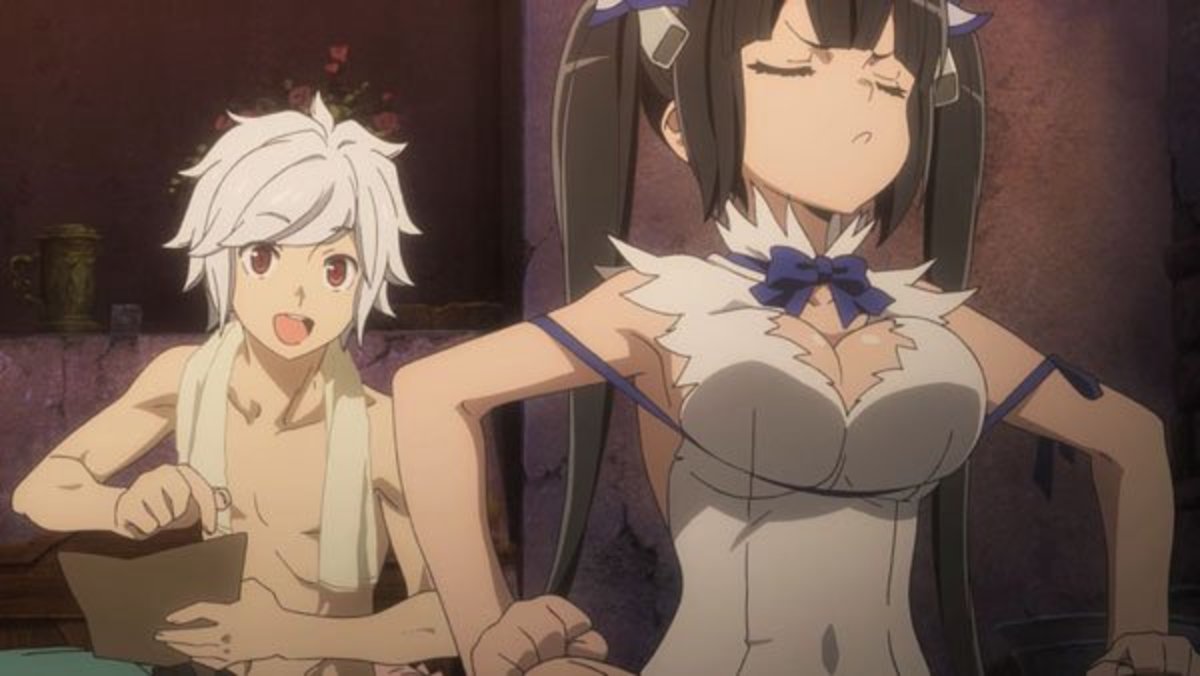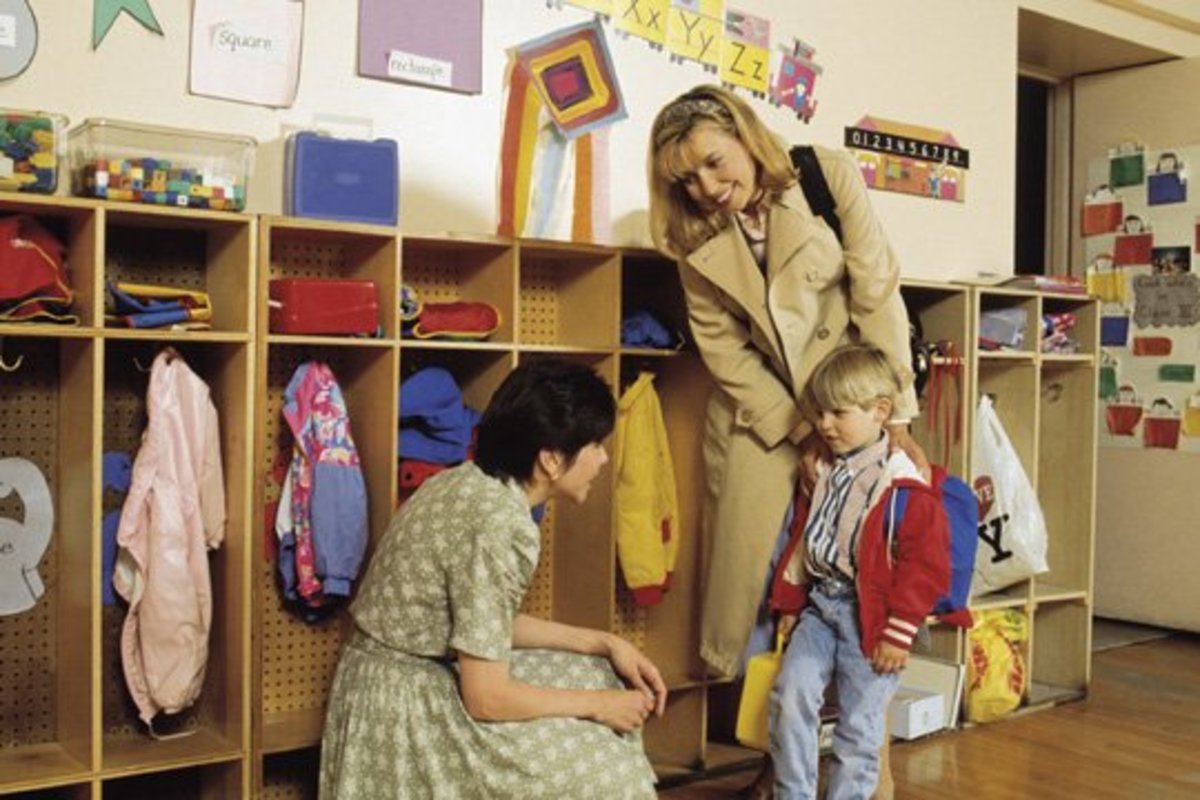Is the So-Called Storybook Princess Culture a Good or Bad Thing for Girls?
Most girls are into the fantasy-filled realm of storybook princess culture. The typical princess usually wears a puff-sleeve pink (or other pastel-colored) gown. Her home usually is a castle with towering turrets and a moat around it. She rides on the finest horses and waits on her "prince charming."
Those traits have girls dressing and acting like the princesses in media. They buy princess-related furniture, dress as them each Halloween, throw royal tea/birthday parties, and wear shirts with the theming. Some ballets have princesses as their main characters.
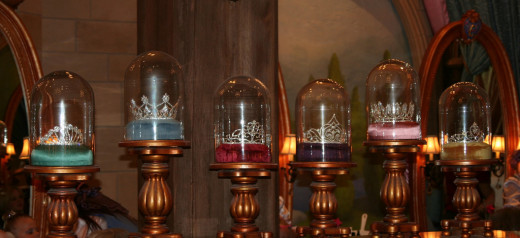
But some parents see something wrong with the culture. They think that it makes them more passive and less capable of solving real-world problems. Some of them even want to ban or oust the merchandise relating to princesses.
On the other hand, some others embrace that culture but teach them to distinguish and understand fantasy and reality. In fact, some of their girls even embrace it as adults while pursuing real-life careers and embracing reality.
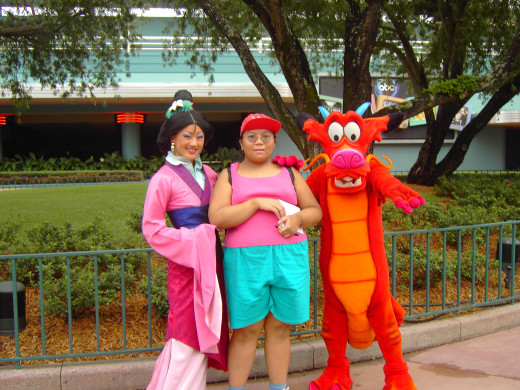
Did you know...
...that author of Cinderella Ate My Daughter, Peggy Orenstein, struggled to dress her daughter into pants when she was very young? That was a result from the teasing at her school related to the stereotypical belief that girls don't play with toy trains.
What Some Parents Find Wrong with Princesses
Some parents really want their daughters protected from anything princess. That means no movies where one of the main characters is a princess (that includes Disney films both animated and live action), dolls with tiaras, or even Halloween costumes from Storybook Land.
So why do some parents cringe when they force themselves to taxi their kids to a princess-themed party or a ballet class? They believe that stereotypes are mostly to blame.
They believe that the culture makes them "too nice." What do I mean? Well, they tend to not participate in sports and track because those activities some girls perceive them to be only for boys. It puts the pressure on them to be thin and to dress pretty. They perceive their relational life to be exactly what it dictates in the storybooks: waiting for their "prince charmings." And the culture shows on their clothing - some girls prefer skirts and dresses over pants.
This Catholic School Seems to Agree with Parents Who Don't Like Princesses
Perhaps most parents who dislike the Disney-esque princess culture of their girls do so because there’s too much emphasis on pink. Historically, the color for girls used to be blue, as it symbolized the Virgin Mary.
But starting as early as the 40's, pink was beginning to be a symbolic color for femininity. If parents dressed their daughters in that color, they would be more likely to embrace that. Eventually, over the decades, businesses cashed in on that.
That irked some parents, since the color symbolizes their submissiveness. They think that the color makes them seem weak and prissy. And most princess merchandise, Disney or not, heavily uses the color (as well as lavender or bright purple).
Thus, parents ticked off by sparkly tiaras would shield their girls from the girly-girl culture and instead divert them into other things they think they better empower them.

Some Other Parents Think that There are Positives to Princesses
Aside from parents who keep girls away from the culture of tiaras and sparkly gowns, there are some others who actually don't mind it at all. They believe in the "let kids be kids" philosophy and let girls portray their favorite princesses. They do princess crafts together, attend princess-themed parties, and so on.
Some parents strike a balance between fantasy and reality. They tell their children that while being a princess isn't a real career, they can help them explore other people they want to be later in life. They teach them the time and place to engage into princess-related activities and something else.
Those are the parents who not only set limits on how kids spend time on them, but also embrace them.
Some children whose parents strike a balance between life and fantasy and therefore teach them still embrace the princess thing as adults.
In adulthood, some adults occasionally wear clothing and accessories with princess paraphernalia. Some Halloweens, they dress up as them, including the scanty versions. They even go to any Disney destination and occasionally partake in a meet-and-greet involving them.
Some children of some balanced parents even outgrow the princess phase. They continue to pursue careers that are useful and sometimes traditionally male, like being musicians playing brass instruments or serving in the military.
Despite the negatives of it, princess culture can teach them compassion and empathy to others, alongside other good things about it.
Judge Sotomayor says that pretending to be a princess is OK, but girls should be preparing for real life as well. But they can still embrace the tiara...
Conclusion
It's OK for parents to be divided in the pastel-colored, regal fantasy of the princess culture of their daughters. There are some parents who'd rather see their girls either in their hospital scrubs or work overalls than ballroom gowns. But there are others who balance between tiaras and thinking caps. Some children of the latter group even outgrow the princess phase.
That boils down to this: it all depends on the parent.
© 2014 Tiffany J. L. Alfonso

